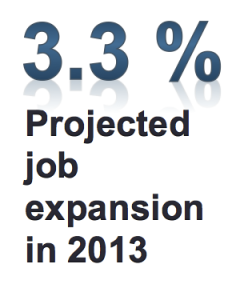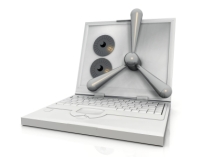“The 7½- story project at 2217 Third Ave. will be done in just seven months. That’s about half the time it would take to construct a building of this size using conventional construction methods.”
Marc Stiles, journalist. Here’s how to build a 7½-story building in 7 months, Puget Sound Business Journal, 8/17/13.
“U.S. developers broke ground on new homes at a faster pace in July. But the rise was all due to apartment construction, which is typically volatile. By contrast, builders began work on fewer single-family homes.”
Christopher Rugaber of the AP. Apartments drive up U.S. homebuilding increase in July, CPA Practice Advisor, 8/19/13.
“When the survey questioned tenants who lived in apartment units without a smoke-free policy, 85 percent of those tenants were in favor of their landlords adopting a smoke-free policy.”
Journalist Sara Rehmer. Smoke-free housing avoids the dangers of secondhand smoke, Billings Gazette, 8/20/13.
“The generative idea is that a plant-rich setting has restorative qualities that are not found in the typical office.”
A new Amazon report. Amazon updates look of proposed spheres, The Seattle P.I., 8/21/13.
“The number of renter households continues to grow, increasing by 1.1 million last year (as well as a net loss of 161,000 homeowners), leading to a second-straight year of double-digit increases in multifamily construction.”
UNITS journalists. Harvard’s State of the Nation’s Housing: What to Know, from the August edition of the NAA’s UNITS magazine, 8/13. Look for our full recap on Harvard’s 2013 State of the Nation’s Housing soon on the blog!
“We really started seeing the shift in the past 10 years with people working from home and doing a lot more traveling. Buildings are being built with a lot more services or amenities.”
Leslie Piper of Realtor.com. Rental apartment amenities go ultraluxury, MarketWatch.com, 8/22/13.
“What we’re starting to see now is that construction costs are starting to really hit apartment builders even though there’s a lot of demand; workers know they can charge more. But it’s such a cyclical business.”
Brendan Coleman of Walker & Dunlop. Multifamily construction pushes housing starts, HousingWire.com, 8/23/13.
“It’s almost a perfect storm, and we haven’t seen any change in weather on the horizon.”
Billy Pettit of Pillar Properties. Soaring rents force lifestyle changes, Seattle Times, 8/24/13.
“The monthly city by city data show the pace of price increases is moderating. With interest rates rising to almost 4.6 percent, home buyers may be discouraged and sharp increases may be dampened.”
David Blitzer of S&P Dow Jones Indices. Home price increases may be moderating in Seattle, nationwide, Puget Sound Business Journal, 8/26/13.


















